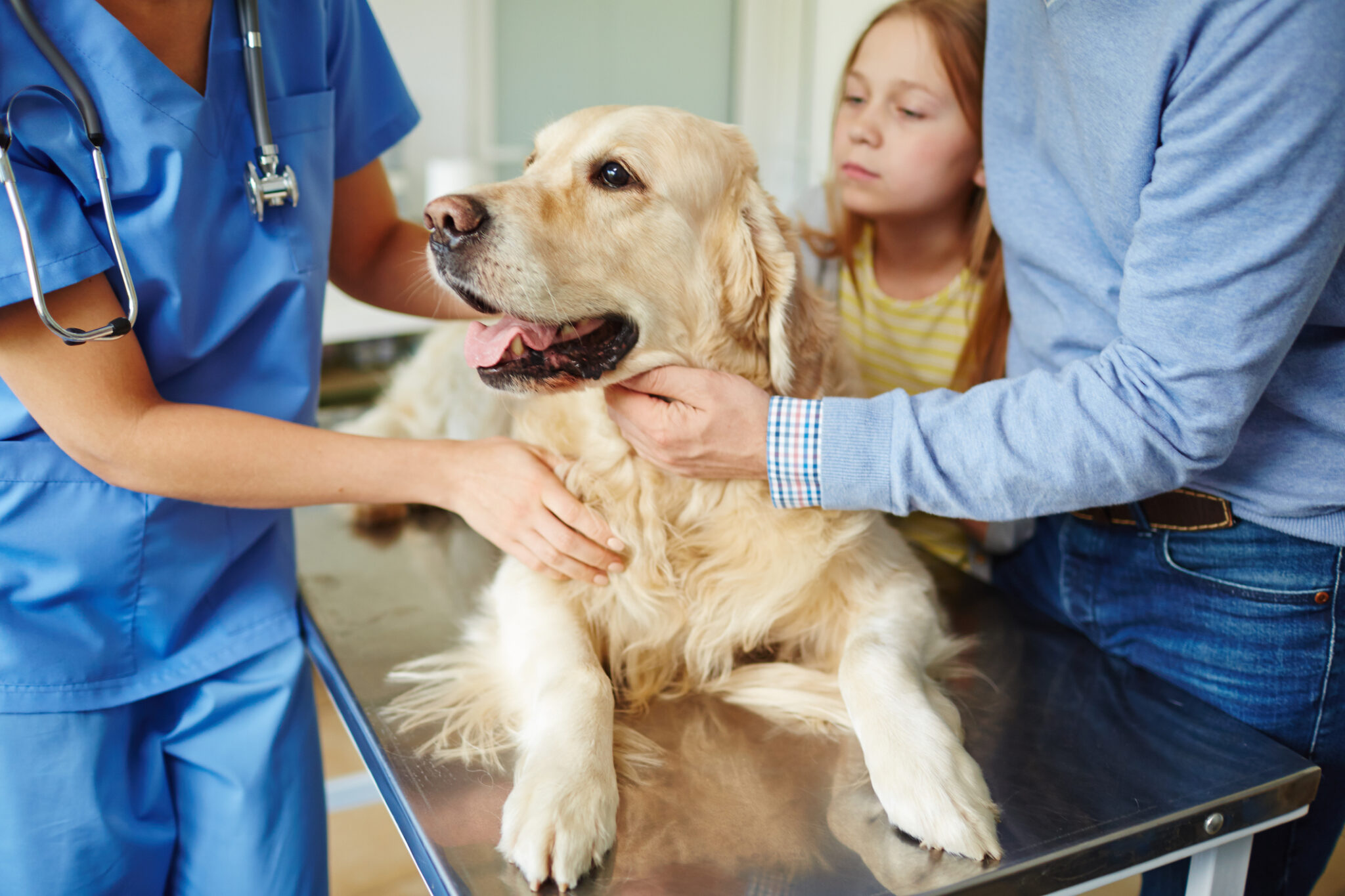
We know how much you love your four-legged family members, and that’s why we’re tackling a topic today that many dog owners unfortunately have to face: Canine Hip Dysplasia. It’s a big name for a common condition that can lead to a lot of discomfort for your furry friend.
First things first: this blog isn’t a substitute for professional veterinary advice. We strongly encourage you to call us at (830) 625-8074 to make an appointment if you suspect your dog is suffering from hip dysplasia or any other health issue. But let’s dive into what this condition is and what can be done to reduce your dog’s pain, shall we?
What is Canine Hip Dysplasia?
The Anatomy of a Dog’s Hip Joint
Before we can really get into what hip dysplasia is, it’s good to know how a dog’s hip joint works. Imagine a ball-and-socket joint where the ball is the femur (the bone in the upper part of the rear leg) and the socket is part of the pelvis. When everything’s working as it should, the ball rotates smoothly in the socket, allowing your dog to run, jump, and play fetch.
The Causes of Canine Hip Dysplasia
Hip dysplasia is typically a hereditary condition, meaning it’s passed down through generations. However, other factors like diet, exercise, and even rapid growth can contribute. This condition results in a malformed hip joint, making those playful activities we mentioned painful or difficult for your pup.
Symptoms and Diagnosis
If your dog is reluctant to exercise, limps, or appears stiff, these could be signs of hip dysplasia. You might also notice that they struggle to get up from a sitting position or avoid stairs. It’s a condition that can develop over time, so early detection can make a big difference in your dog’s quality of life.
How Vets Diagnose Canine Hip Dysplasia
At Comal Pet Hospital, we use a combination of physical exams and X-rays to diagnose hip dysplasia. An X-ray can provide a detailed view of your dog’s hip joint, helping us determine the best course of action. So if you notice any of the symptoms we’ve mentioned, give us a ring at (830) 625-8074 for an appointment.
Treatment Options at Comal Pet Hospital
In severe cases, total hip replacement surgery may be the best option. This can sound intimidating, but it’s a procedure that has helped many dogs live a happier, more active life.
If surgery isn’t necessary or you want to explore other options first, there are ways to manage the condition medically. This can include anti-inflammatory medication and physical therapy. We’ll work with you to create a treatment plan tailored to your dog’s needs.
Iif you’re concerned about your dog’s well-being, please call us at (830) 625-8074 to set up an appointment or for more information. At Comal Pet Hospital, we’re here to make sure your dog enjoys the best quality of life possible.
About Us
Medicine isn’t the only thing that contributes to a happy, healthy pet. At Comal Pet Hospital & Resort, we provide a complete inventory of essential preventive and medical services for dogs and cats, with all-inclusive boarding, dog daycare, and grooming situated right next door.
